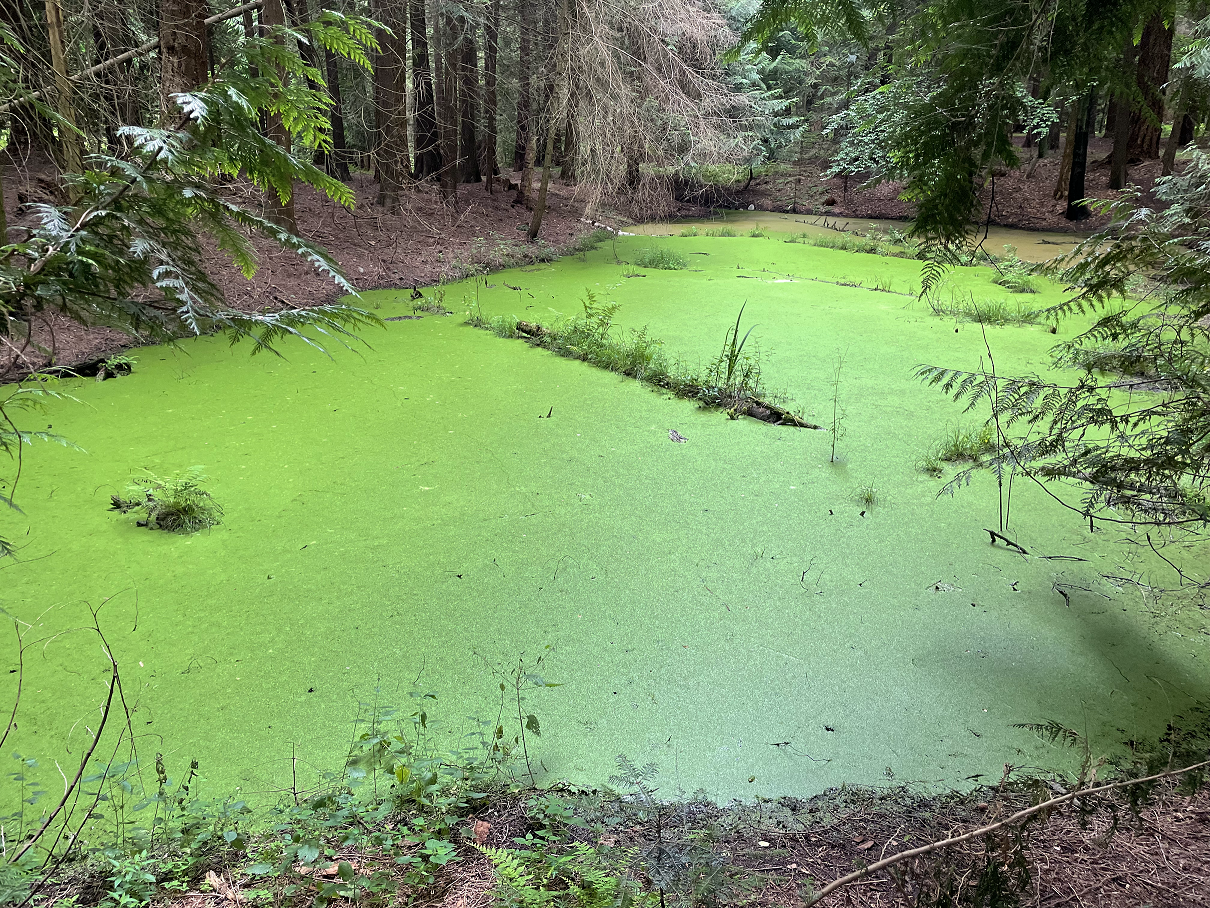The Vistula Spit is a sandy stretch of land that extends from Gdańsk to the Polish-Russian border. It separates the Vistula Lagoon (Zalew Wiślany) and Żuławy Wiślane from the open waters of the Bay of Gdańsk. It is, in many ways, a unique part of the country. I was enthralled by small fishing settlements, in which lives went on like they used to years ago, enchanting nature, and excellent cuisine that was born from the blend of cultures that is nowhere to be found in other parts of Poland. The R10 cycling route goes through the Vistula Spit, so if you value active leisure it is a place for you to be.
A fishing village on the border
I began my journey in the lovely village of Piaski, the furthermost Polish settlement on the Spit. I was positively surprised by the lack of crowds and tourist infrastructure. Local people mostly live off of fishing, which is particularly visible in the bustling harbour, full of colourful fishing boats, nets, and fishing gear. If you’re looking for a picturesque fishing village, where the sun sets the daily schedule by the sun, far away from crowded cities, this is a place for you. Wild beaches and lush forests are perfect excuses for a long stroll. This place will give you truly fresh fish, and if you like you can rent a bike. And that’s it. Yes, there’s not a single “typical tourist attraction” in sight. My next stop was at the nearby lookout point that has a sea legend connected with it.
The Spit and pirate hideouts
Pirates always chose secluded spots, in which they could hide, and guard their precious treasures. In the past, the Vistula Spit was not part of the mainland, but rather an archipelago of small islands. It is on one of those former islands where you will find the highest hill in the area, rising roughly 40 metres above sea level. Legend has it that it was from this hill that an old pirate observed the sea and planned where to loot next. It is said that his treasures, hidden underground, still haven’t been found. Based on this story, the hill has become known as the Pirate Mountain. Personally, I’m not at all surprised that he had chosen a place like this to constantly observe the sea, and even to hide his treasure. I also wanted to spend the entire day over there. After I entered the forest, I took a long stroll, accompanied by birdsongs. At the top, there is a lookout tower that allows you to experience the breath-taking view of both the endless sea, and the Vistula Spit. But not only the view makes this place unique. It is here that ornithologists from all around the country can observe millions of birds migrating from Europe to Africa. It is primarily a place of scientific research. Birds fly over the stretch of land, which in this spot is only 800 metres wide, concentrating into flocks of even hundreds of thousands. This place is also excellent for tourists. If you don’t know anything about birds, worry not. There are information boards all along the trail and on the lookout tower. I have to admit I read them all with great interest. I also didn’t know that this is the only such place in Poland. Other nature titbits waited for me in places that are brimming with tourist life in high season, so I set off to Krynica Morska.
Benek, the memorial oak tree
Krynica Morska is the most famous town of the Vistula Spit. Excellent infrastructure has been drawing tourists for many years. It’s a perfect destination for families, as the city boasts a mass of attractions and one of the safest beaches in Poland. Strolling around Krynica, you should check out the “Krynicki Starodrzew” trail, where you will find the memorial oak tree called Benek. It was planted in 1959 on the 1000th anniversary of Poland, and in 2004 it was designated a natural monument. Being so close to the Żuławy region, I couldn’t help myself and went for the nth time to admire the regional arcaded houses, Mennonite cemeteries, and drop by my favourite inn.
Cuisine of the former settlers
The region was part of trade routes, but the fact it lies in a depression made it a harsh place to live in. The situation had changed with the arrival in the 16th century of the Mennonites, settlers from the Netherlands. They did an excellent job with draining the wetlands. They also brought with them some culinary peculiarities, and helped in developing, among others, traditional cheese making and brewing techniques. One of the landmarks of the region are, more and more sporadic, wooden arcaded houses. One of them was bought by a group of people truly passionate about history. This three-centuries-old house, with an arcade added in the first half of the 19th century, is one of the best-preserved buildings of this type in the region. It was purchased in 2013 at the price of firewood. The owners decided to restore it to its former glory, and change its location, moving it to the town of Żelichowo. This process took an astonishing 10 years. At a glance, you can see how much work had been put into this detailed project. The building houses the “Mały Holender” (Little Dutchman) inn. It’s not only a fest for the eyes. The phenomenal cuisine they offer is based on the culinary traditions of the region. The menu includes dishes that were served to the Teutonic Knights, Poles, and the Mennonites living in the region, and the traditional Machandel vodka, which used to be the most popular liquor in Gdańsk. You might be surprised by the way it’s supposed to be drank. It’s an absolute must when visiting the area, a true gem in every respect.
Siedlisko nad Nogatem – A picturesque house by the spit
When visiting such an extraordinary region, you should consider accommodation in an equally unique place. A beautiful house, more than 150 years old, located by the Nogat river, is a perfect place to kick back. You can rent the entire place, cook in the kitchen furnished with traditional furniture and with a view of the garden, sip coffee on an arcaded porch. You can also rent kayaks to actively explore the neighbourhood.
Nowhere will you find a place with such a strong marine character, with wild nature within your reach, lookout points, and settlements full of history. The Spit still remains unexplored for mass tourists. And this is why it still has the best to offer, if you visit.


















































